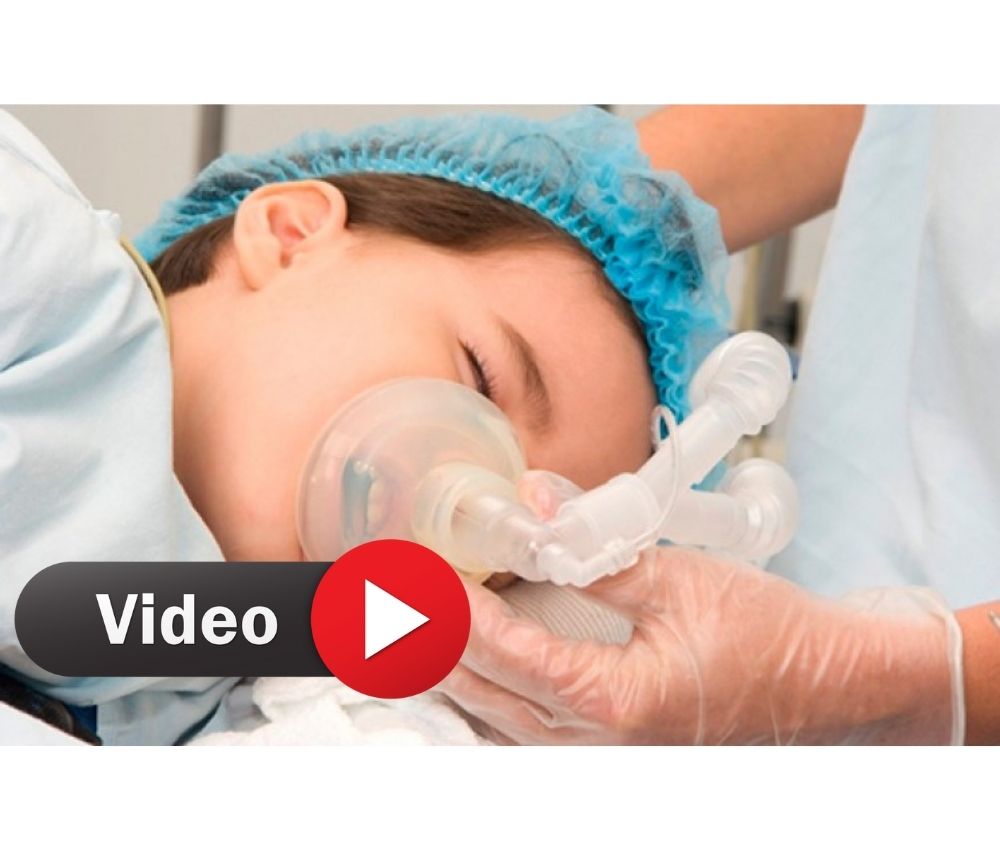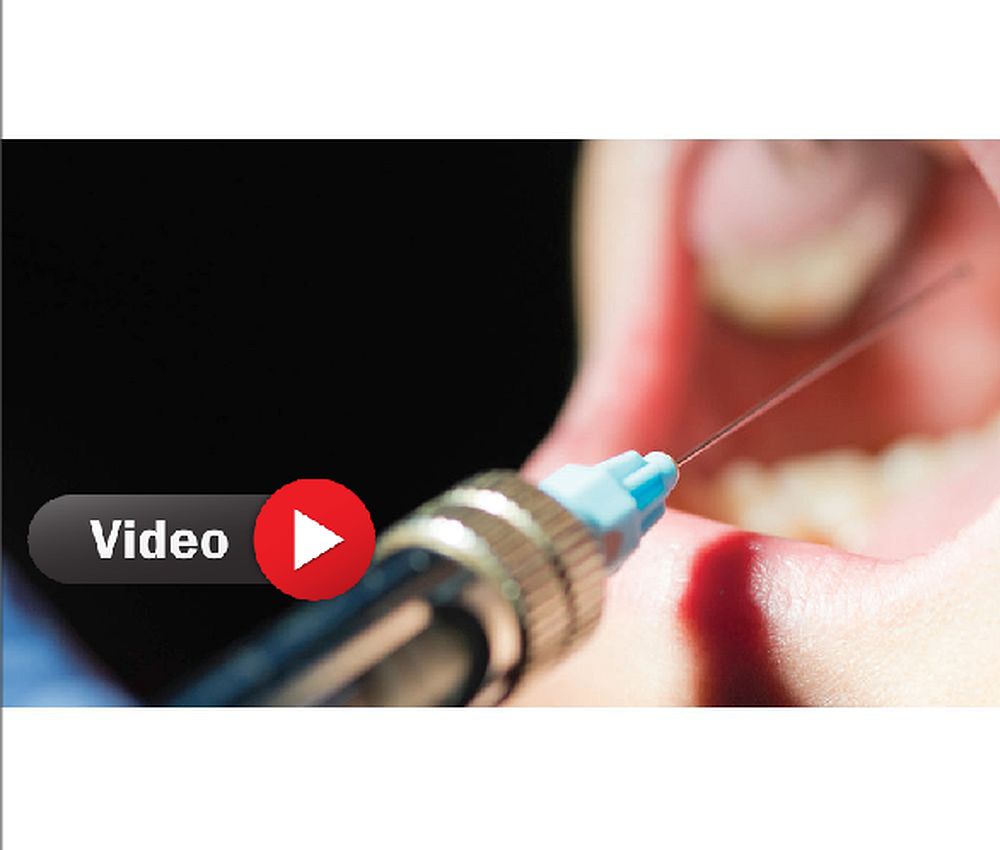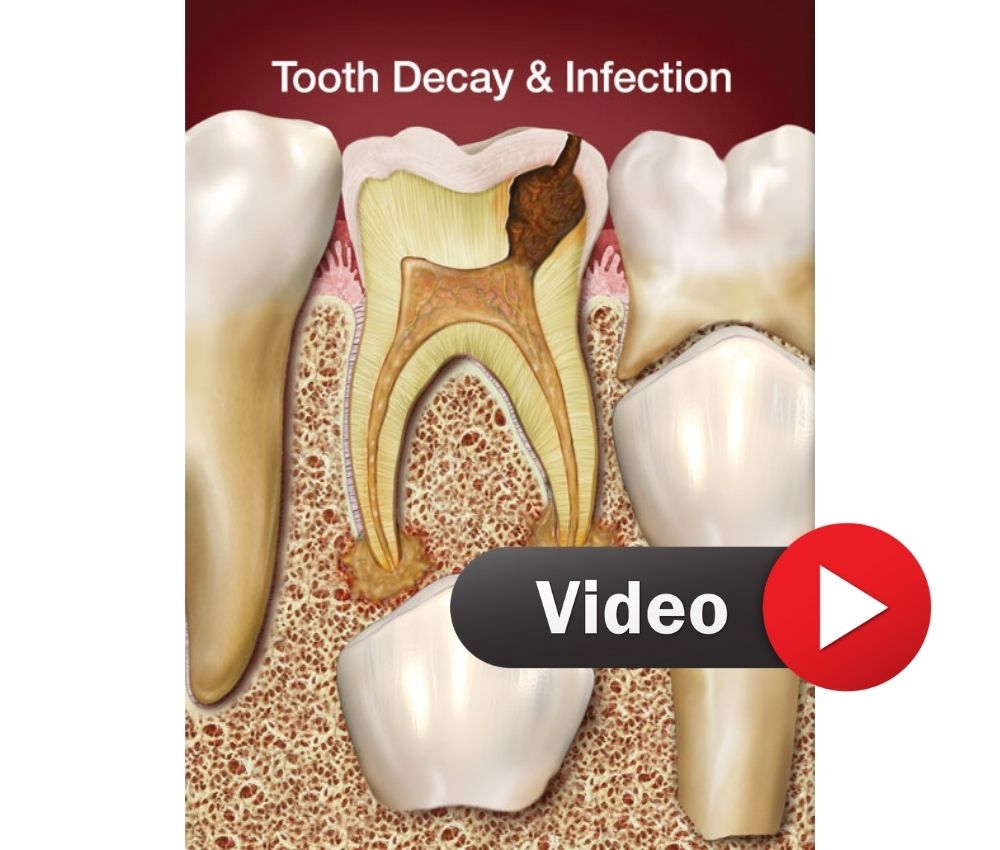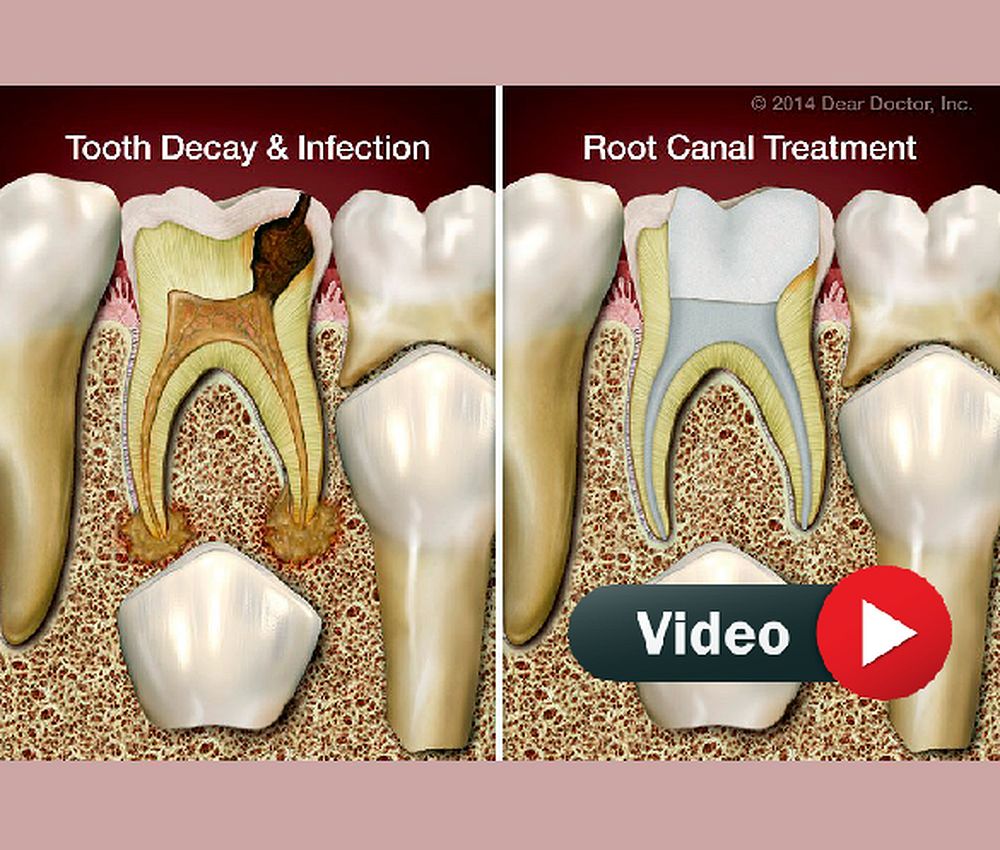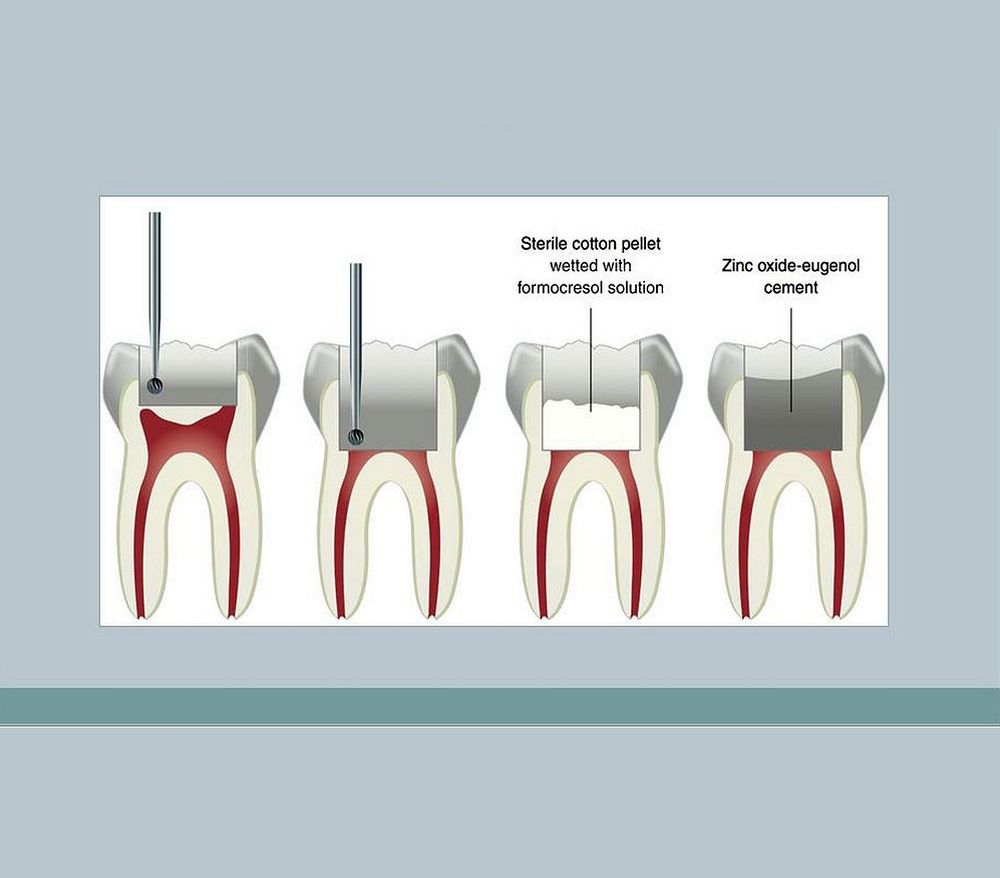It is common to find some type of facial swelling in pediatric patients, so it is necessary to know its clinical manifestations and a correct anamnesis. We must bear in mind that the cause of a swelling is diverse.
In these cases, the use of computed tomography or magnetic resonance imaging is recommended to determine the extent and involvement of the swelling. Rhabdomyosarcoma, osteogenic sarcoma and Ewing's sarcoma should be taken into account in the differential diagnosis.
Advertisement
We share an article that tells us about and classifies the different causes and clinical manifestations of facial swelling in pediatric patients. It also teaches us how to identify facial swellings on CT scans and MRIs.
RECOMMENDED VIDEO
Odontogenic facial cellulitis in a pediatric patient - Diagnosis, treatment and multidisciplinary management
Odontogenic facial cellulitis in a pediatric patient - Diagnosis, treatment and multidisciplinary management
Causes of Facial Swelling in Pediatric Patients: Correlation of Clinical and Radiologic Findings Geetika Khanna, Yutaka Sato, Richard J. H. Smith, Nancy M. Bauman, and Jeffrey Nerad RadioGraphics 2006 26:1, 157-171
You may also like :
► Ludwig's Angina. Presentation of a pediatric case
► Management of acute orofacial infection of odontogenic origin in children - PDF Guide
► Antimicrobial therapies for odontogenic infections in children and adolescents






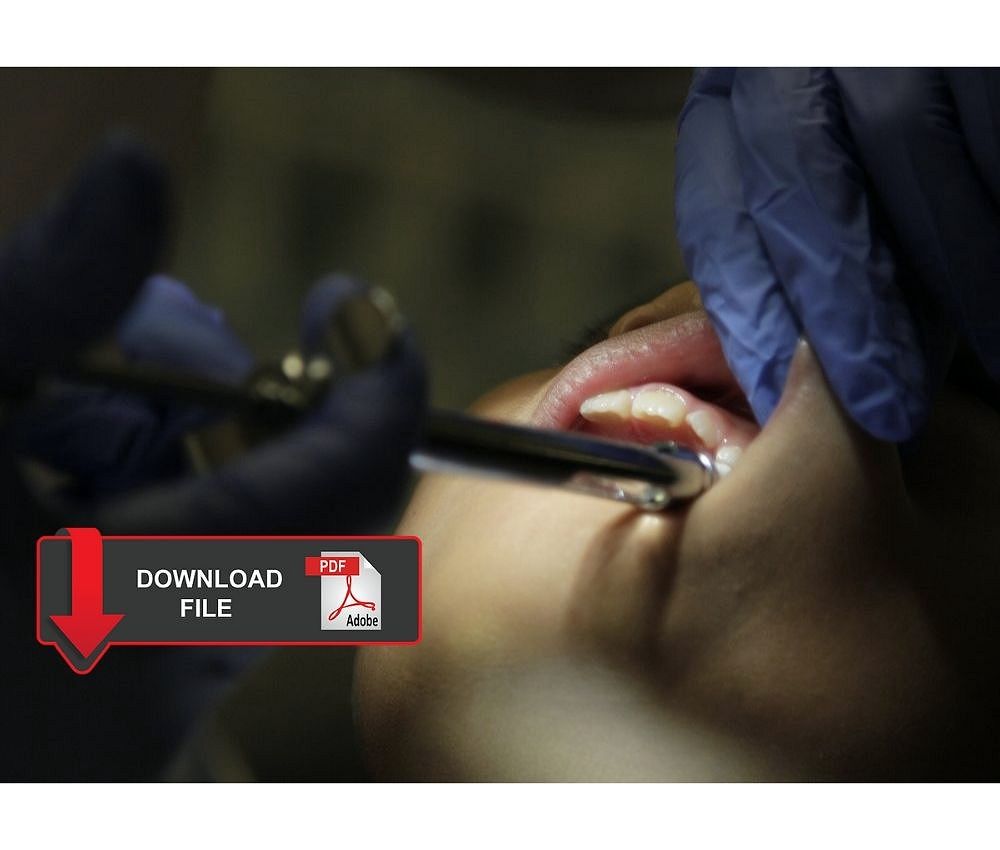


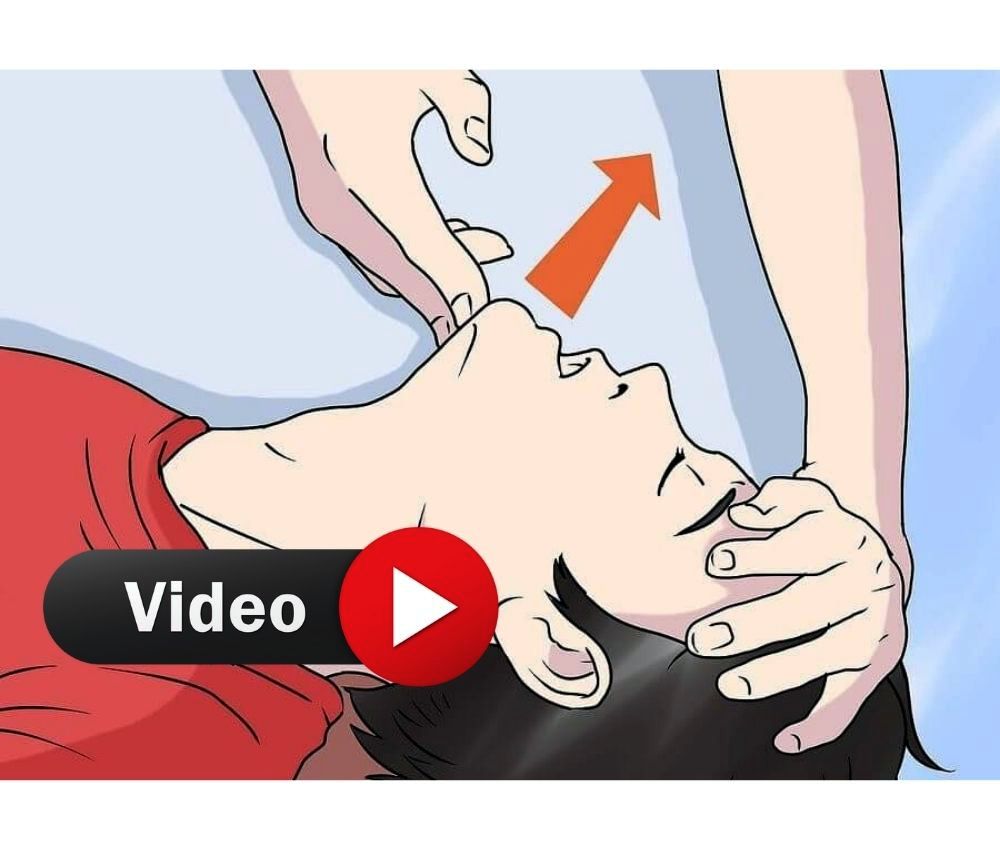



.jpg)



